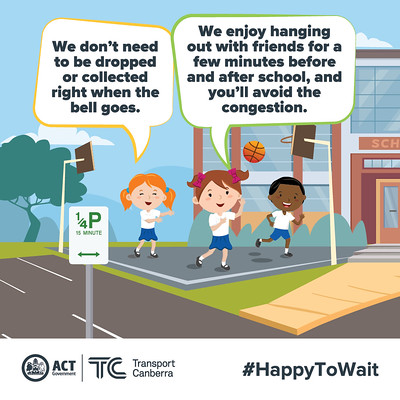Walking and cycling tips
Teaching children to travel safely to school on their own is a great way to build confidence and allow children to grow. Prior to letting children set out on their own, it is important to set them up with the skills and knowledge to ensure they can travel safely.
Some of the key things to remember include:
- showing children the best route to and from school (in person and on a map)
- teaching children how to cross roads safely (utilise crossings and underpasses where possible)
- what to do in case of an emergency (key people to contact or where to go).
Encourage children to walk or ride to school in groups with their siblings, friends or neighbours. It is an excellent way to develop friendships and creates a safer environment as they are more visible to traffic and can help each other if required.
If your child is still too young to travel independently, create a roster with parents who live nearby to take it in turns to travel to and from school with the children. The children will quickly develop the skills and knowledge to travel independently.
Visit the Constable Kenny website for more useful safety tips and information, including a range of safety videos.


